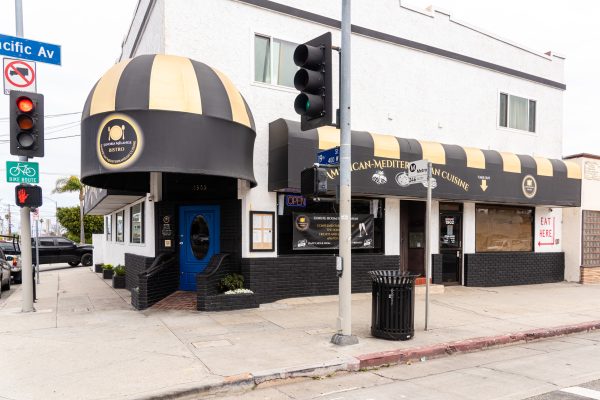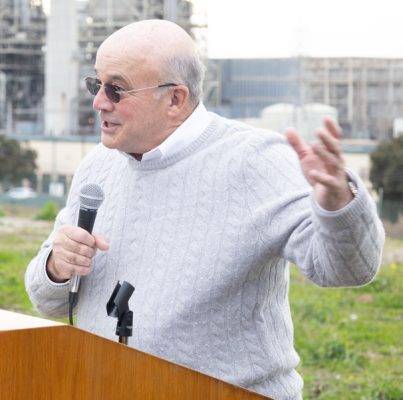
City staff presented seven alternatives considering potential project permutations that could be studied in the EIR, ranging from a no-build, status quo scenario to a reduced density design with only 145,000 square feet of new development. The council’s 3-1-1 vote approved amendments to city’s agreement with CenterCal as well as its contract with environmental law consultant CDM Smith.
“What we’re asking for is a year’s extension,” CenterCal CEO Fred Bruning told Easy Reader. “We think it’s a fair thing to ask for because it’s gotten more complex….We’ll be investing about $7 million in studying all these alternatives.”
Councilmember Bill Brand voted in opposition of the amendments and Councilmember Steve Sammarco abstained.
The $300 million CenterCal Waterfront project would demolish about 220,000 square feet of existing structures, including the crumbling north pier parking structure, and will add over 500,000 sq. ft. of new development along the waterfront. Proposed project elements include a pedestrian and bicycle promenade, retail and dining outlets, a market hall, and a cinema. Real estate economic consultant Kosmont Companies predicts $2.4 million in average new annual net revenue to the city through ground rent and taxes generated by the CenterCal project.
Representatives from AES and CenterCal were present at the six-hour meeting, which continued well into the midnight hour, with Bruning taking the podium twice to share the developer’s perspective.
CenterCal is reimbursing the city for the cost of the EIR, which has already reached $2.2 million. Bruning welcomed all input on the plan and encouraged community members to visit the CenterCal offices in El Segundo to review preliminary plans, but also cautioned that certain parameters need to be set.
“It’s like describing an elephant from different parts of it’s anatomy,” Bruning said, regarding myriad visions for the waterfront. “We need to identify the appropriate parameters for us to be considering. I think we have more than enough choices, and considering these alternatives have increased the cost to the city by 40 to 45 percent.”
Project alternatives are being considered during the draft EIR stages so that issues don’t arise in later stages of the EIR process.
“The key about alternatives is that if at the end of the day when your EIR is presented to you with the significant unavoidable impacts in any resource area that can’t be mitigated, alternatives should be examined at a reasonable range to look to reduce those impacts,” said Margaret Sohagi, an environmental lawyer with CDM Smith.
An ordinance amending the municipal California Environmental Quality Act (CEQA) laws in order to streamline the EIR process will be discussed at another public hearing at a later date to be determined. Release of draft EIR is expected in spring 2015 with the completion of a final EIR planned for fall 2015. Local, state, and federal permit consideration will then ensue through to 2016.
The council unanimously voted to receive and file AES’ Harbor Village Plan initiative to place the initiative on the March 3, 2014 ballot, and for the city attorney will prepare an impartial analysis on the initiative.
Descriptions of the seven city-led alternatives to the Waterfront project can be found on the City of Redondo Beach website.








